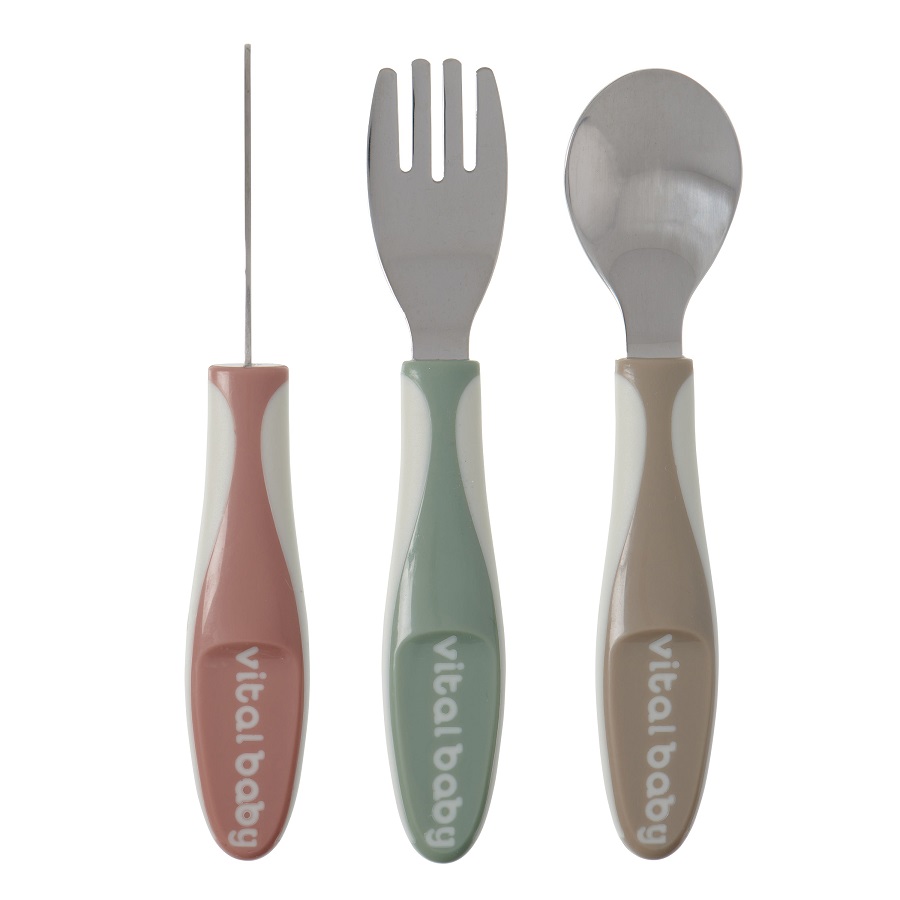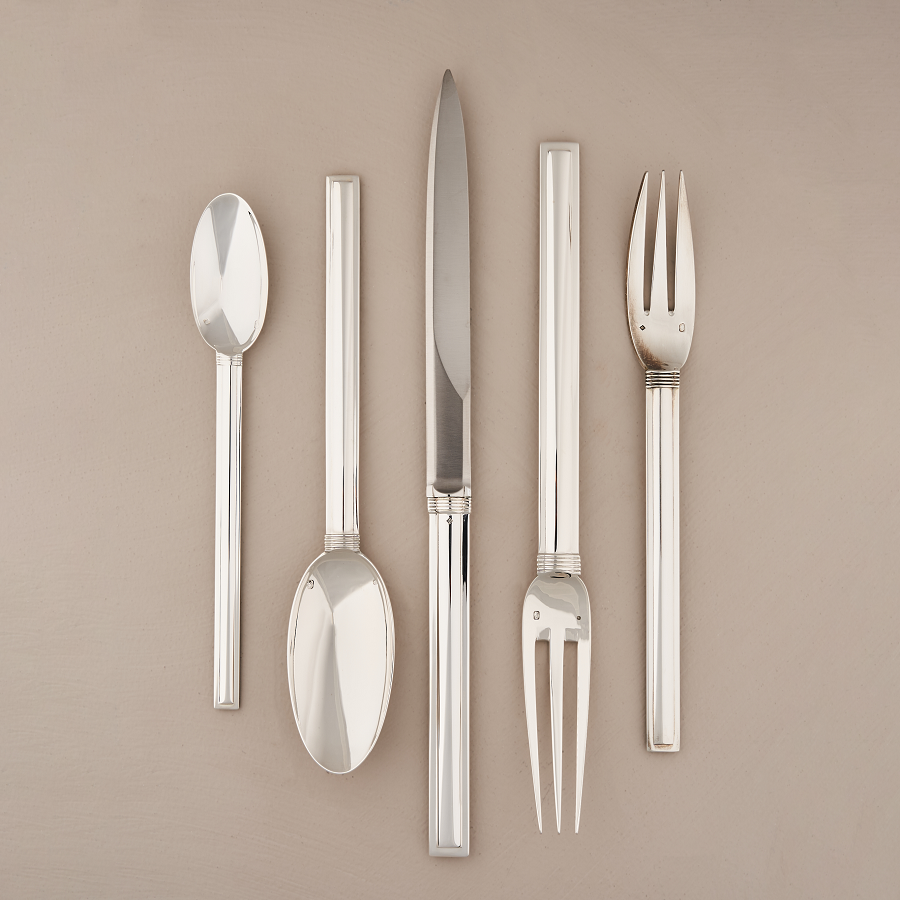 Introduction:
Introduction:
A kitchen faucet with a sprayer is a versatile and practical addition to any kitchen. It offers various types and functions to enhance efficiency in the kitchen. In this comprehensive guide, we will explore different types of kitchen faucets with sprayers, their functions, and the installation process. By understanding these aspects, individuals can make informed decisions, select the right faucet for their needs, and enjoy the convenience and functionality it brings to their kitchen space.
 Common materials used for Kitchen Faucets with Sprayers include:
Common materials used for Kitchen Faucets with Sprayers include:
Stainless Steel: Stainless steel is a popular choice for its durability, corrosion resistance, and sleek appearance. It is easy to clean, resists fingerprints, and is suitable for various kitchen styles.
Brass: Brass faucets have a timeless appeal and are known for their durability. They provide an elegant and classic look, often with various finishes such as chrome, brushed nickel, or antique brass.
Chrome: Chrome-plated faucets are budget-friendly and offer a shiny, reflective finish. They are easy to clean, but they may show water spots and require regular maintenance to keep their shine.
Nickel: Nickel faucets come in polished or brushed finishes, providing a modern and sophisticated look. They offer durability and resistance to tarnish and corrosion.
Bronze or Oil-Rubbed Bronze: Bronze faucets have a warm, rustic appearance, often with an oil-rubbed or aged finish. They add character to the kitchen and are suitable for traditional or vintage styles.
Composite Materials: Some Kitchen Faucets with Sprayers are made of composite materials such as polymer or plastic. These materials are durable, lightweight, and less expensive compared to metal options.
It’s important to consider factors such as budget, kitchen style, and durability when choosing the material for a Kitchen Faucet with Sprayer. Each material has its own unique characteristics and aesthetics.
Types of Kitchen Faucets with Sprayers
Pull-Out Sprayer Faucets:
Pull-out sprayer faucets feature a detachable sprayer head that can be pulled straight out from the faucet spout.
This type of faucet offers flexibility and ease of use for various kitchen tasks.
Pull-Down Sprayer Faucets:
Pull-down sprayer faucets have a sprayer head that pulls downward into the sink.
They are ideal for larger sinks or when washing oversized pots and pans.
Side Sprayer Faucets:
Side sprayer faucets have a separate sprayer head mounted on the side of the faucet or the countertop.
This type of faucet provides versatility and can be used alongside a regular faucet for targeted cleaning tasks.
 Functions and Benefits
Functions and Benefits
Versatile Cleaning and Rinsing:
Kitchen faucets with sprayers allow for more efficient and targeted cleaning of dishes, utensils, and the sink itself.
The sprayer function enables users to rinse hard-to-reach areas and remove stubborn food residue.
Flexible Water Flow:
With the sprayer function, users can easily switch between a steady stream of water from the faucet and a more forceful spray from the sprayer.
This versatility accommodates a range of kitchen tasks, from filling pots to rinsing fruits and vegetables.
Enhanced Accessibility:
The detachable sprayer head on pull-out or pull-down sprayer faucets extends the faucet’s reach, making it easier to clean large cookware or fill tall containers.
This functionality reduces strain and improves accessibility in the kitchen.
Installation Process
Gather Tools and Materials:
Prior to installation, gather the necessary tools, including an adjustable wrench, pliers, and a screwdriver.
Ensure you have the proper fittings and adapters for connecting the faucet to the existing water supply lines.
Shut Off the Water Supply:
Before removing the existing faucet, shut off the water supply using the shut-off valves located beneath the sink.
Release any pressure by turning on the faucet handles to drain the water remaining in the pipes.
Remove the Old Faucet:
Disconnect the water supply lines and remove the mounting nuts securing the old faucet to the sink.
Carefully lift the old faucet out of the sink and clean the area where the new faucet will be installed.
Install the New Faucet:
Follow the manufacturer’s instructions for installing the new faucet, attaching the faucet body to the sink with nuts or brackets.
Connect the water supply lines and ensure they are tight to prevent leaks.
 Select a Kitchen Faucet with Sprayer:
Select a Kitchen Faucet with Sprayer:
When selecting a Kitchen Faucet with Sprayer, consider the following factors:
Compatibility:
Ensure that the faucet you choose is compatible with your sink configuration. Measure the existing faucet holes and check if the new faucet will fit properly. Consider the space available around the sink for the sprayer hose and handle.
Functionality:
Determine the specific features and functionalities you need. Consider factors such as the spraying options (stream, spray, pause), ease of use of the sprayer, and the reach of the sprayer hose. Look for a faucet with a smooth handle operation and a sprayer that securely docks into place.
Quality and Durability:
Look for a reputable brand known for producing high-quality faucets. Check the construction and materials used. Solid brass or stainless steel faucets are often more durable. Consider the finish as well, ensuring it is resistant to corrosion and tarnishing.
Style and Aesthetics:
Choose a faucet that complements your kitchen’s style and design. Consider the finish options (chrome, stainless steel, brushed nickel, etc.) and select a style that harmonizes with your kitchen decor. Keep in mind the overall faucet height and spout reach to ensure it fits well with your sink.
Water Efficiency:
Look for faucets with water-saving features like aerators or flow restrictors. These features help reduce water consumption without compromising performance. Look for faucets with high WaterSense or ENERGY STAR ratings for improved efficiency.
Installation:
Evaluate the level of installation difficulty. If you have plumbing experience, you may be comfortable installing the faucet yourself. However, if you’re uncertain, it’s best to hire a professional to ensure proper installation.
Warranty and Customer Support:
Check the warranty offered by the manufacturer. A longer warranty can provide peace of mind and indicates confidence in the product’s durability. Additionally, ensure that the manufacturer provides responsive customer support in case of any issues or questions.
Budget:
Set a budget for your faucet purchase. Consider that kitchen faucets with sprayers typically have a higher price range compared to standard faucets. However, it’s important to balance cost with quality and functionality.
By considering these factors, you can select a Kitchen Faucet with Sprayer that meets your specific needs, matches your kitchen’s style, and provides reliable functionality for years to come.
 Conclusion
Conclusion
In conclusion, a kitchen faucet with a sprayer provides versatility and functionality in the kitchen space. By understanding the different types and functions of these faucets, individuals can choose the right option to suit their needs. During installation, following the proper procedures and using the appropriate tools and fittings ensures a successful installation and reliable performance. With the comprehensive information provided in this guide, individuals can confidently select, install, and enjoy the convenience and efficiency of a kitchen faucet with a sprayer. Upgrade your kitchen with this versatile fixture to enhance your daily cooking and cleaning experiences.




